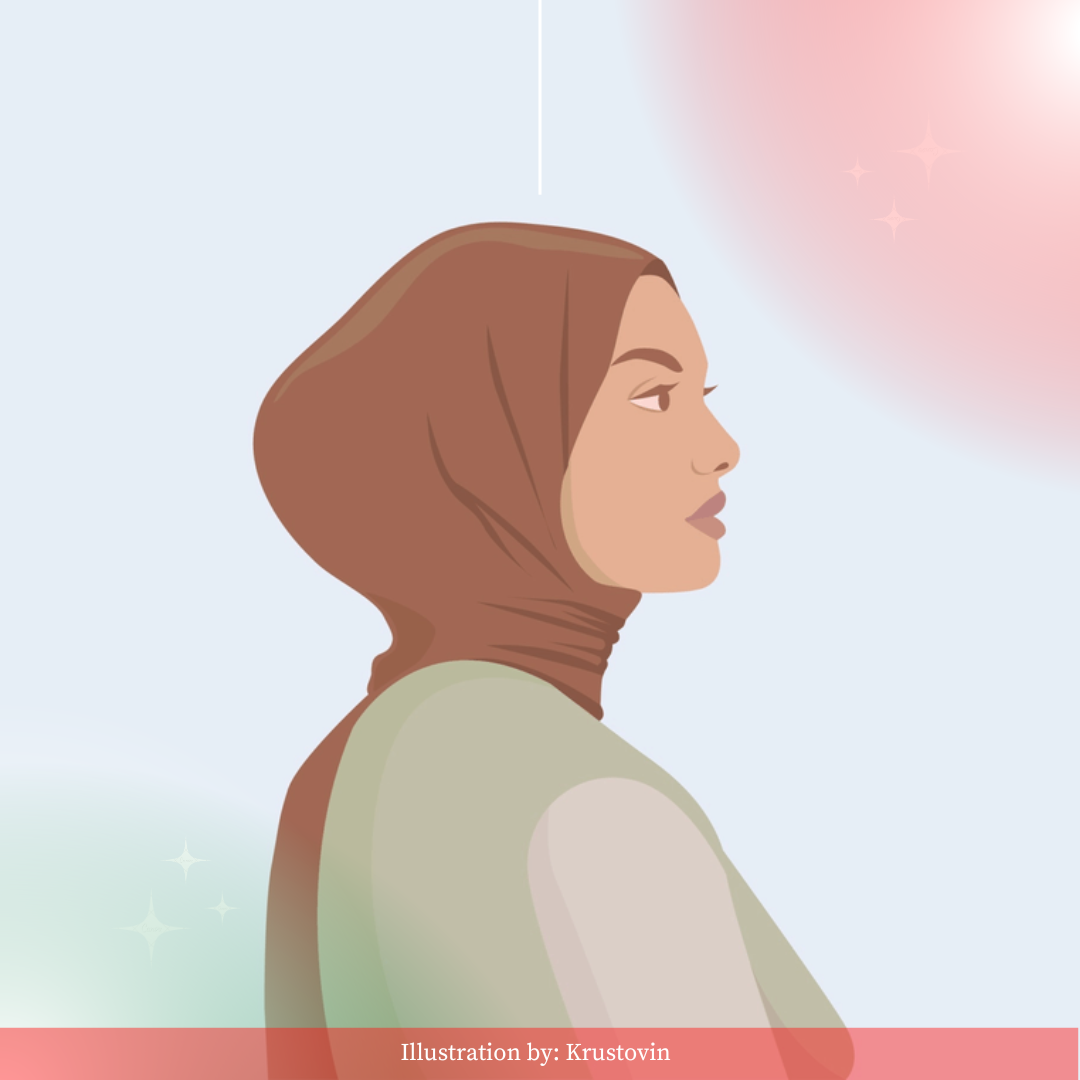GRAPHIC DESIGNER: Imani Edwards
COPY EDITORS: Jacob Marion, Eishvinder Gill
Protests from the women in Iran are not about the hijab, but about the control over women’s bodies.
On Sept. 6, 2022, the death of Mahsa Amini struck an awakening for Iranian women. The 22-year-old Kurdish woman was arrested by the “morality police” for not appropriately wearing her hijab. She was then detained in a re-education centre and severely beaten. Once taken to the hospital, she was declared brain dead, she then slipped into a coma, and died three days later.
The women in Iran have formed solidarity as they hold protests in rebellion against the Islamic Republic’s repressive requirements for women’s attire. Women are burning their hijabs and cutting their hair as they liberate themselves from their trapped patriarchal society. This is not a war against modesty or immodesty, it is about the act of choosing how you wish to dress, which is empowering and should never be policed by anyone. For many Muslim women, wearing the hijab is a source of empowerment; a symbol of their chosen faith.
“This is not a war against modesty or immodesty, it is about the act of choosing how you wish to dress, which is empowering and should never be policed by anyone.“
It has been a constant theme in Iran to surveil women’s fashions. In 1936, Reza Shah Pahlavi of Iran established a law known as the Kashf-e hijab, banning all Islamic veils. His prohibition was meant to eradicate the Islamic faith’s power and separate the Muslim woman from her symbol of modesty. The banning of the hijab allowed for the protective barrier between women and men to become exposed. It was a chance to pursue sexual desires and free the suppressed Muslim woman. Women were scared off the streets as the police confiscated hijabs. Pahlavi wished to make Iran part of the western world, but only seemed to adopt the shallow fashion traditions of western culture without western knowledge or experience. For a woman to be a respected academic, scientist, or maintain high social standing, she was obliged to reject her veil and ultimately, her faith, dignity, and decency.
Pahlavi’s reign ended in 1941. While the hijab was not fully embraced during the 1940s, Iranian women were influenced by the trends of the west. The 1940s and 1950s were a time of A-line skirts and dresses, hourglass figures, appropriate accessories, and natural makeup. In the 1960s and 1970s, women in Iran were free to wear what they chose. Fashions were often westernized, consisting of bright colours, heavy makeup, and tight revealing clothing. Women’s freedom extended during this time; in 1963, women were also granted the right to vote, and in the 1970s, they were given equality in marriage and divorce.
In 1979, Ayatollah Ruhollah Khomeini Islamic revolution provoked Sharia law in 1983, a law that made it compulsory for all women to wear hijabs and cover themselves in Iran. Those who disobeyed could be arrested, placed in prison, or given a fine. The Iranian women were surveilled by the morality police who enforced and evaluated the dress code. Iran has also banned all forms of self-expression for women; dancing, singing, posting on social media, and shaking hands with men are not respectable values for women in Iran. As if the state of Iran had forbidden happiness.
Iran appears to continuously control women’s fashion over history for what they clearly do not understand is the freedom of choice. It is the right of a woman to decide what she will cover and what she will expose. The modesty and immodesty of women have been manufactured by the male-dominated culture of Iran, which is given undue permission to dictate women’s morality.
Hamid Dabashi, the writer for Middle East Eye, sums it up perfectly, “two tyrants, Reza Shah and Ayatollah Khomeini, focused on policing women’s bodies as the site of their respective ideologies of power and domination, with the bodies of women as the ideological battleground of their patriarchal practices.”
Iran’s protests are escalating. Women and girls are being killed and arrested, all while other women and girls are cutting their long hair and posting videos to social media in defiance. TikTok activist, Hadis Najafi recorded a video of her saying, “I hope in a few years when I look back, I will be happy that everything changed for the better.” She was shot dead hours after that clip was taken. Celebrities and large corporations such as Sophia Bush, Angelina Jolie, and fashion house Balenciaga are condemning Iran and tweeting the hashtag #WomenLifeFreedom associated with the movement.
Why is it that the judgemental eye is continuously thrust upon women? Why is it that in 2022, our world seems to go back in time and history? From Iran to the banning of the hijab in France and Québec, to medical abortion rights in the USA. Why are women constantly fighting for a place in this world? The New Yorker states, “Iran’s protests are the first counter-revolution led by women.” While it might be a man’s world, it’s the only world we have, so as the world repeatedly tries to strip women of their rights, women will continue fighting for their life and freedom.


























